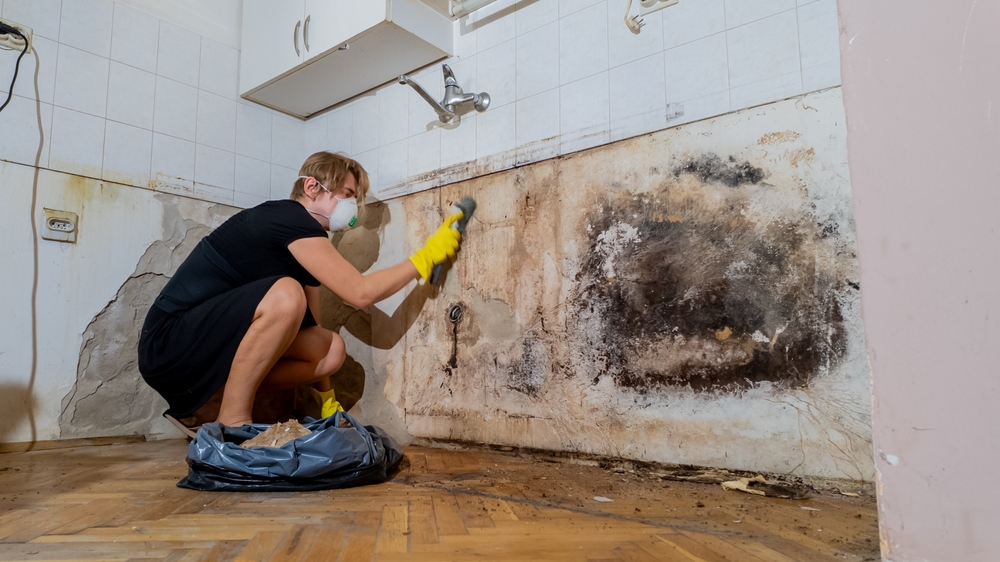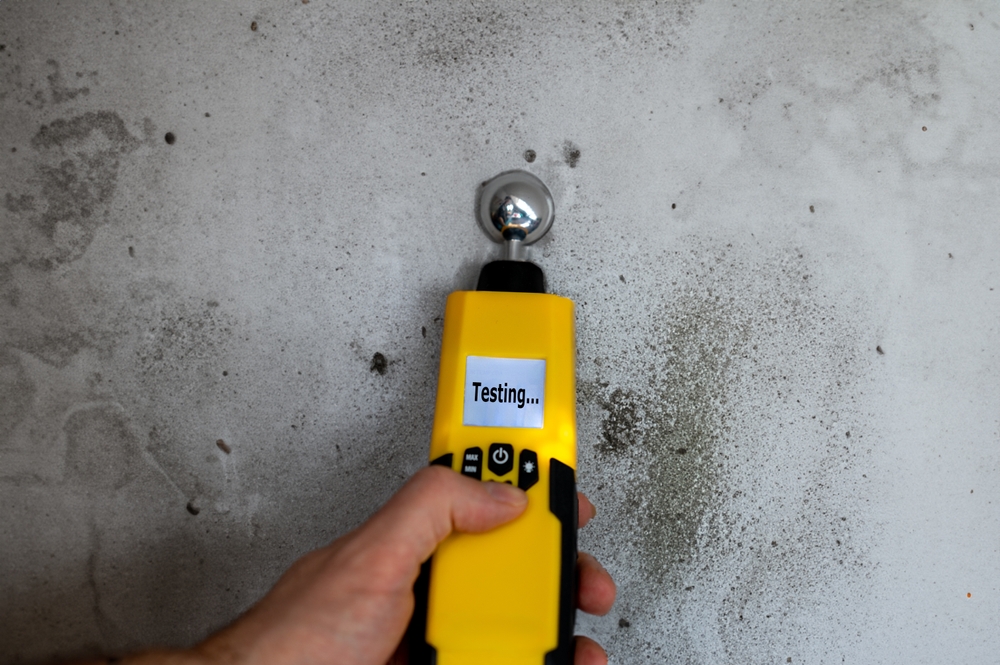Commonly occurring in many parts of your house, including your HVAC (heating, ventilation, and air conditioning) system, mold can grow anywhere. Maintaining good indoor air quality and guarantees your house feels comfortable depend on a healthy HVAC system. Unfortunately, to handle mold in your home’s HVAC system can seriously compromise your health and compromise the air you breathe. This tutorial will walk you through identifying mold in your HVAC system, knowing its sources, and learning how to properly address it.
I. Introduction
Maintaining the purity of the air inside your house and ensuring its comfort depend critically on your HVAC system. It moves air about your house and helps control humidity and temperature. All of it may be compromised, though, if mold develops in your HVAC system. From the air ducts, coils, and filters to other areas of the system, mold can develop causing a range of problems.
Mold in your HVAC system might cause poor indoor air quality, which would greatly affect everyone’s health in your house. Essential knowledge is on the threats of mold development and how it might compromise your air quality. For your house and health, the earlier you find and fix mold problems.
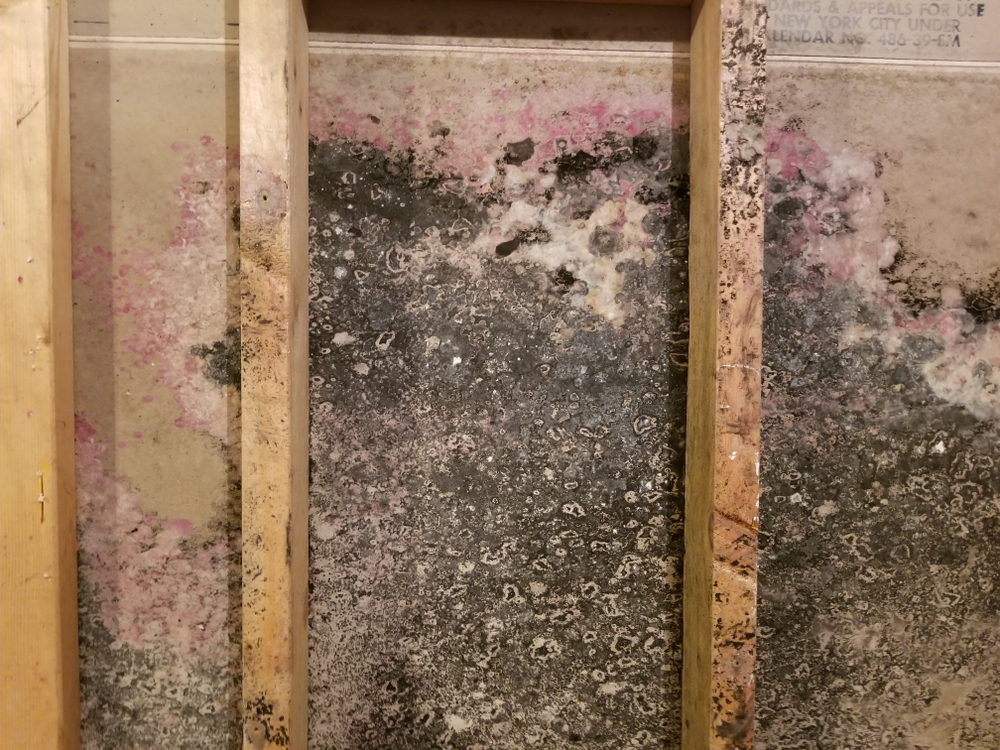
II. Signs of Mold in Your HVAC System
Early mold detection in your HVAC system will help to avoid more major damage and health hazards. These are some indicators to be on lookout:
- Musty Odors: A musty smell emerging from the vents while your HVAC system is functioning is one of the first indicators of mold development. Should you detect an ongoing, offensive smell, it could point to mold.
- Visible Mold Growth: Visible development on air filters, coils, or other HVAC system components also points clearly toward mold. If you can see mold, you should act immediately.
- Respiratory Issues: Should you or someone else in your house start having trouble breathing, coughing, or sneezing, it could be a clue that mold is compromising the air quality in your house. Finding and fixing the issue is absolutely vital since mold spores can cause asthma and allergies.
- Increased Allergies or Asthma Symptoms: Mold spores floating in the air could be the cause of your family members’ increasing allergy complaints, particularly in relation to the running HVAC system. These could be runny nose, itchy eyes, and aggravation of asthma.
- Unusual Noises: Unusual noises from your HVAC system—such as humming, buzzing, or rattling—could point to a problem including mold growth. This can occur in cases of clogs or buildup causing the system to operate above average.
III. Causes of Mold Growth in HVAC Systems
Knowing the reasons of mold development in HVAC systems will enable you to stop it. These are some typical elements that help mold development:
- High Humidity Levels: Mold enjoys moist surroundings. Consistent excessive humidity in your house could provide the ideal environment for mold development. Inside humidity levels should ideally fall between thirty percent and fifty percent.
- Condensation Buildup: Especially on coils and in drain pans, condensation can develop on HVAC parts. This dampness can provide conditions where mold might grow. Minizing condensation depends on the HVAC system being operating as it should.
- Leaky Pipes or Ducts: Leaky pipes or ducts can bring moisture into the HVAC system, therefore supplying still another source of water for mold growth. Prevention of mold depends on routinely checking your system for leaks and fast fixing them.
- Poor Air Circulation: Should air not be able to flow via your HVAC system, stagnation and moisture accumulation results. Maintaining your system free from mold depends on appropriate air circulation.
- Dirty Air Filters: Clogged or unclean air filters can trap dirt and moisture, therefore fostering the perfect conditions for mold. One of the key steps in stopping mold development is often changing or cleaning your air filters.
- Clogged Condensate Drain Lines: Clogged condensate drain lines can cause water to pool and backup, which promotes mold development. Prevention of water buildup depends on regular maintenance of these pipes.
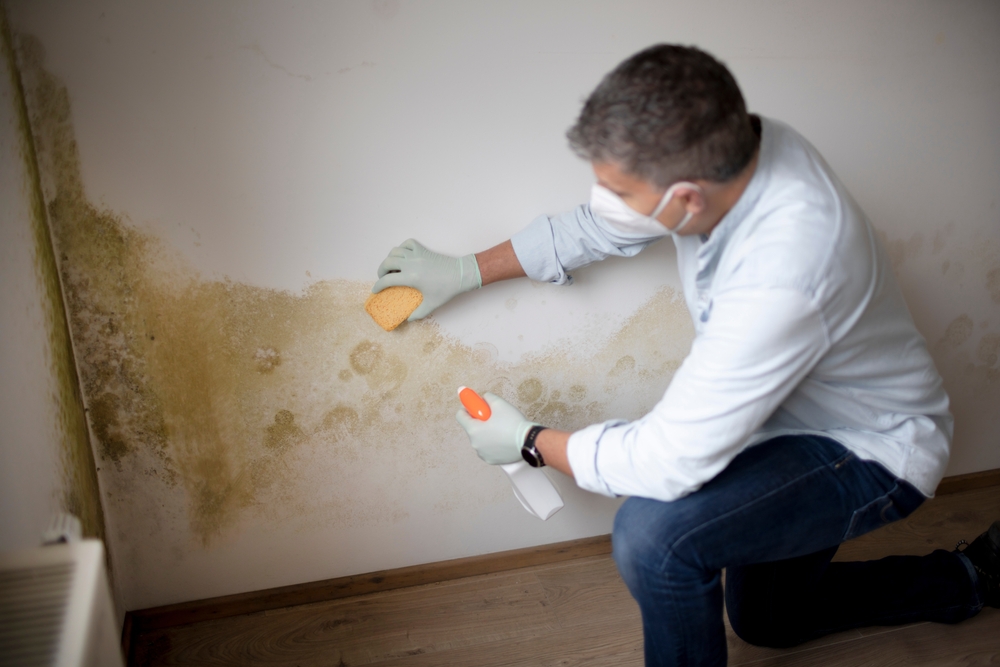
IV. How to Handle Mold in Your HVAC System
Should you believe that your HVAC system contains mold, you should act fast. The following addresses the matter with preventative and corrective actions:
Prevention
The greatest approach always is to stop mold from developing. You could follow these guidelines:
- Regular Air Filter Replacement: Regularly inspect and replace your air filters should become second nature. Generally speaking, depending on usage, you should replace them every one to three months. Good airflow made possible by clean filters also helps to lower moisture accumulation.
- Maintaining Proper Humidity Levels: Maintaining the acceptable range of indoor humidity levels, use a dehumidifier. If you observe high humidity, you might choose to use air conditioning to assist with control. Reducing humidity will help mold find it more difficult to flourish.
- Inspecting for Leaks: Look over your HVAC system often for any indications of duct or pipe leakage. Take quick care of any leaks you find to stop moisture from getting into the system.
- Regular HVAC System Maintenance: Plan consistent HVAC maintenance with a qualified technician. They may clean the system, do extensive inspections, and spot possible faults before they start to cause major trouble.
Remediation
Should mold develop in your HVAC system, use these guidelines to handle it:
DIY (for Minor Cases)
Use these guidelines if the mold development is minor and you feel qualified to handle mold yourself:
- Turn Off the System: Turn off the HVAC system always before starting any cleaning to stop mold spores from spreading.
- Wear Protective Gear: To guard yourself from mold spores, use gloves, goggles, and a mask.
- Clean or Replace Affected Components: Remove and wash any impacted air filters and components. Think about replacing them if they are too moldy for salvage.
- Disinfect Surfaces: Disinfect surfaces inside the HVAC system using suitable cleansers. Search for items made especially to kill mildew and mold.
Professional Remediation
Hiring a trained HVAC specialist is advised in severe mold growth scenarios. Here’s what to Anticipate:
- Thorough Inspection: Professional will examine your HVAC system carefully to find the degree of mold development and its source.
- Professional Cleaning and Disinfection: To guarantee all mold is eliminated, experts will clean and sterilize the whole system using specific tools and methods.
- Potential System Upgrades: Professional mold remediation service could advise system improvements to enhance ventilation and lower the possibility of future mold development if needed.
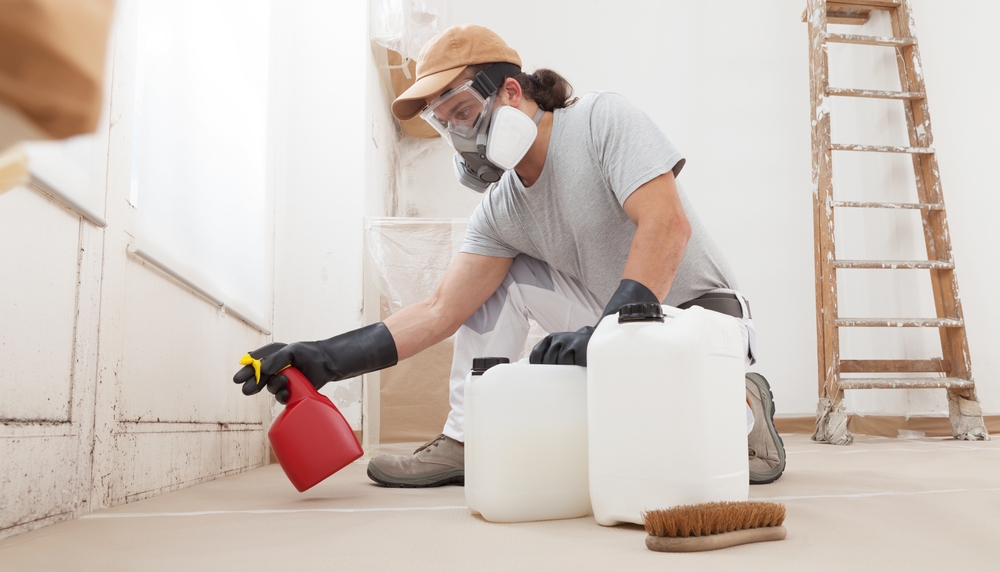
V. Conclusion
Maintaining a mold-free HVAC system is essential to guarantee good indoor air quality and safeguarding of everyone’s health inside your house. You can greatly lower the danger of mold development by acting early and according to correct preventive strategies.
Should you believe your HVAC system has mold, act right away. Whether you decide to handle minor cases personally or pay a professional for severe infestations, quick resolution of the problem is crucial. Maintaining a clean and well-kept HVAC system will help you breathe easier knowing the indoor air quality is safe.
Philadelphia Restoration Services
https://www.google.com/maps?cid=3399342399556699153
+1 267 668 0013
https://philadelphiarestorationservices.com/

